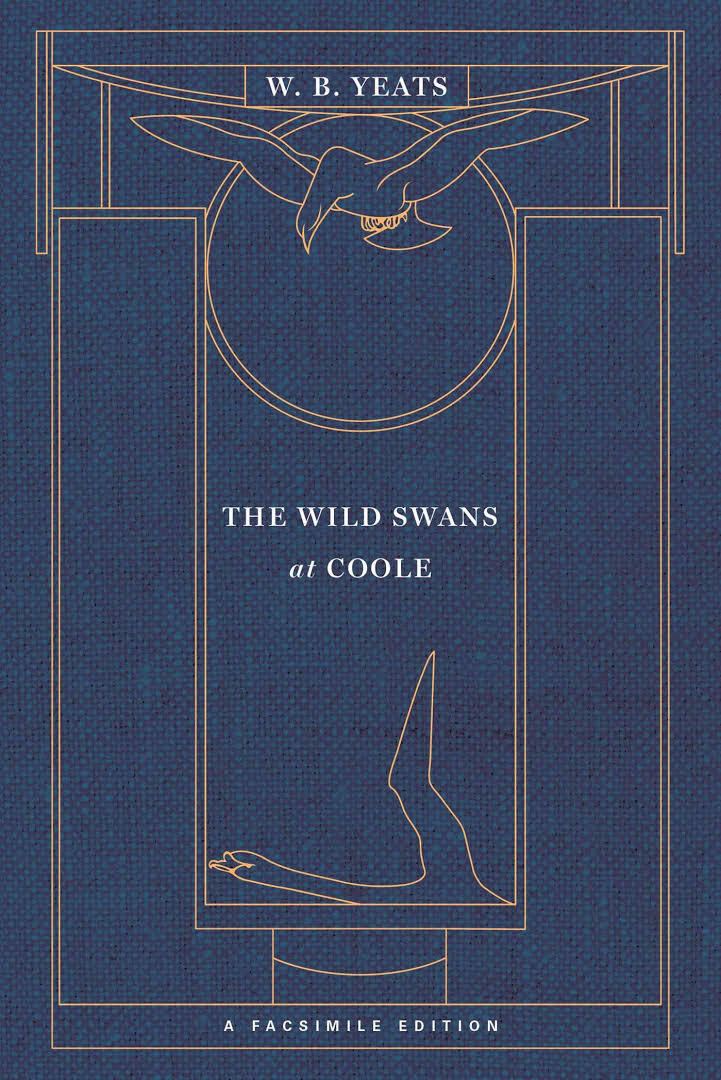6.4 /10 1 Votes6.4
Written 1916–1917 Publication date 1917 (1917) Originally published 1917 | 3.2/5 Poem Hunter Rhyme scheme ABCBDD Lines 30 | |||||||||||||||||||||||||||||||||
 | ||||||||||||||||||||||||||||||||||
Meter iambic, in six-line stanzas of tetrameter (lines 1 and 3) , trimeter (lines 2, 4, and 6), and pentameter (lines 5) Similar W B Yeats books, Other books | ||||||||||||||||||||||||||||||||||
"The Wild Swans at Coole" is a lyric poem by the Irish poet William Butler Yeats (1865–1939). Written between 1916 and early 1917, the poem was first published in the June 1917 issue of the Little Review, and became the title poem in the Yeats's 1917 and 1919 collections The Wild Swans at Coole.
Contents
It was written during a period when Yeats was staying with his friend Lady Gregory at her home at Coole Park, and the assembled collection was dedicated to her son, Major Robert Gregory (1881–1918), a British airman lost during a friendly fire incident in World War I. Literary scholar Daniel Tobin writes that Yeats was melancholy and unhappy, reflecting on his advancing age, romantic rejections by both Maud Gonne and her daughter Iseult Gonne, and the ongoing Irish rebellion against the British. Tobin reflects that the poem is about the poet's search for a lasting beauty in a changing world where beauty is mortal and temporary.
Style and structure
The poem has a very regular stanza form: five six-line stanzas, each written in a roughly iambic meter, with the first and third lines in tetrameter, the second, fourth, and sixth lines in trimeter, and the fifth line in pentameter, so that the pattern of stressed syllables in each stanza is 434353. The rhyme scheme in each stanza is ABCBDD.
Popular culture
In his LP Branduardi canta Yeats (1986), Angelo Branduardi sings an italian version of this poem.
